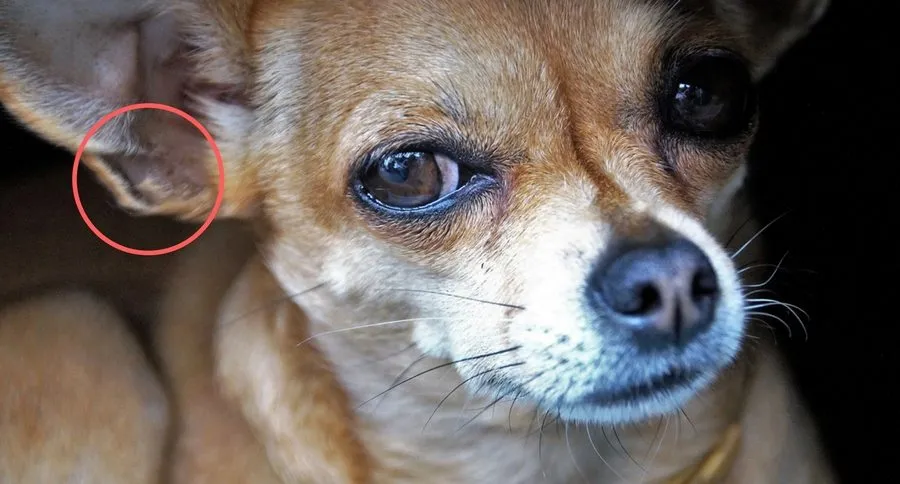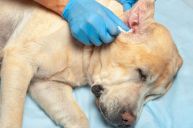While scratching your pooch's ears, you might have noticed a little slit at the outer base of each ear.
This curious little flap of skin on the outer ear is called Henry's pocket or, in scientific speak, a cutaneous marginal pouch.
Nearly all domestic cat ears have this little pocket. It is a common part of cat anatomy and is said to assist with cats hearing high-frequency sounds. However, not all dogs do. If they do, it's located at the outer base of the external ear. A Henry's pocket is more commonly found in dogs with upright, erect ears and/or thinner coats. Chihuahuas, Boston Terriers, Corgis, and Pugs are a few examples of dog breeds that have the little pouch.
What Does A Henry's Pocket Help With?
Nature Corner: Henry's Pocket #cats #dogs #cartoon #cartoons #naturecorner #henryspocket pic.twitter.com/o7jX7Thkao
— Dale Johnson (@dalemjohnson) September 18, 2020
RELATED: Sighs, Grumbles, and Groans: What Do These Dog Sounds Mean?
A dog's ear is made up of the pinna which sits on the outer ear, the middle ear with the ear canal, and the inner ear, where the eardrum sits. A Henry's Pocket sits in the fold of skin by the pinna.
Dog owners may wonder, what purpose does the Henry's pocket serve in the ear anatomy? Science hasn't quite figured out exactly what it's for, but the following are some educated guesses:
- Aids in the detection of higher-pitched sounds by accentuating lower pitches.
- Serves as a barrier or corral for sound waves - when dogs tilt or angle their ears, they're allowing the pouch to function in this manner.
- Makes it easier for dogs to fold or flatten their ears, sort of like an accordion pocket in luggage.
The theory is that the pocket gives dogs a better chance at hearing more sounds. Dogs already hear more than human ears do, but they do not have as great of hearing as cats. A feral cat or tabby may be able to hear more sounds than most people or dogs, with the Henry's pocket on a cat's ear giving them an advantage.
How to Care for A Henry's Pocket
#????#??????????#HenrysPocket ???????????????????????(???:???)???????? pic.twitter.com/QIc4BkXvCm
— ???? (@walthersps99) April 11, 2020
As is the case with other types of ear flaps and skin folds, the Henry's pocket creates a dark, moist, bacteria, and parasite-friendly environment. Keep an eye on it in order to ensure that it stays clean to avoid ear infections or other ear problems, and don't fret if you see your vet taking a peek in there. Ear cleanings are imperative, especially for dogs with floppy ears like Coonhounds or Cocker Spaniels. Use an ear cleaner or ear wash and cotton ball or wipes, and get rid of all the gunk that collects in the outer edges of the dog's ear.
Healthy ears make for happy dogs!
Does your dog have the Henry's pocket anatomical feature? Show us over on our Wide Open Pets Instagram!
This article was originally published on November 3, 2017.




